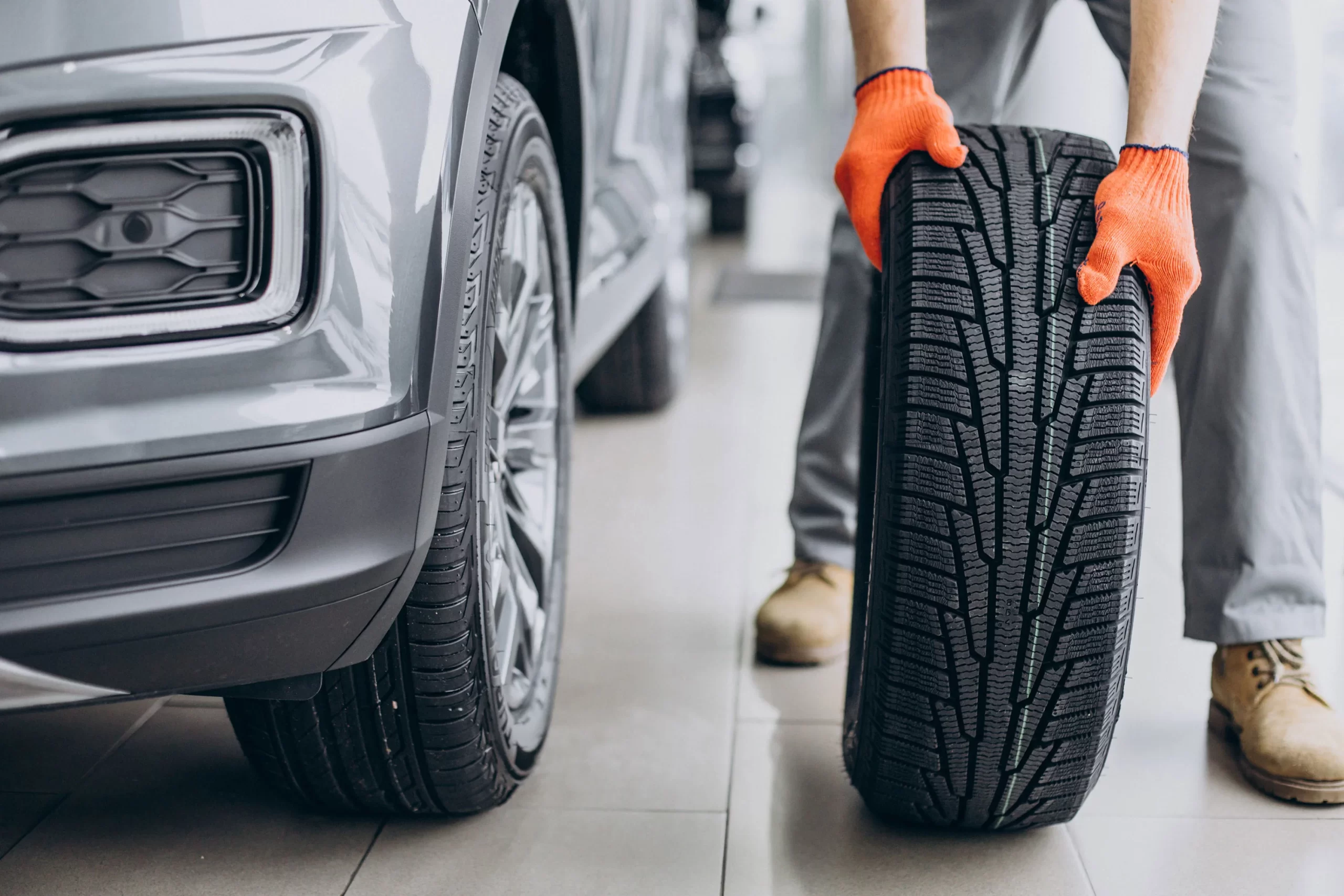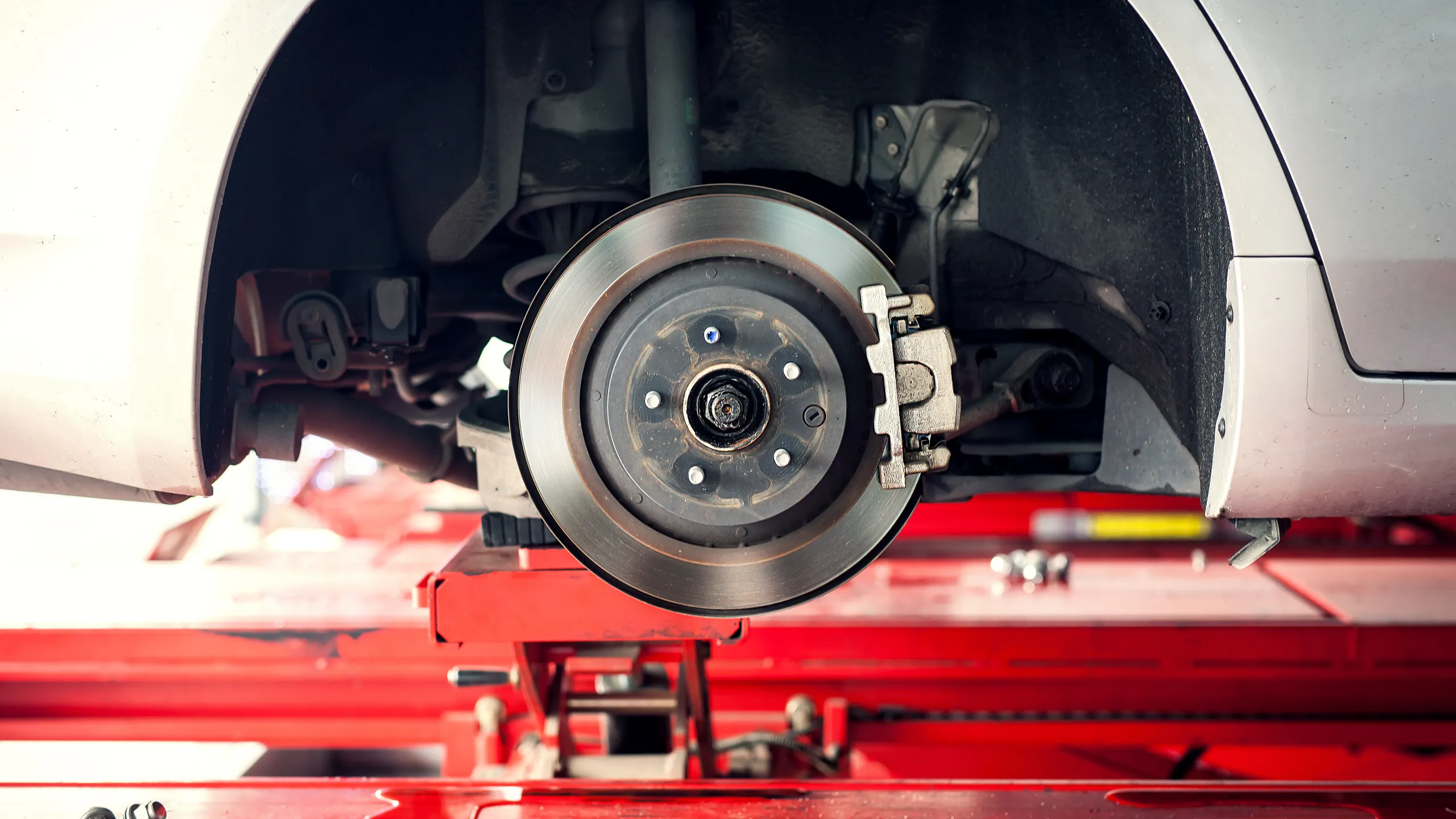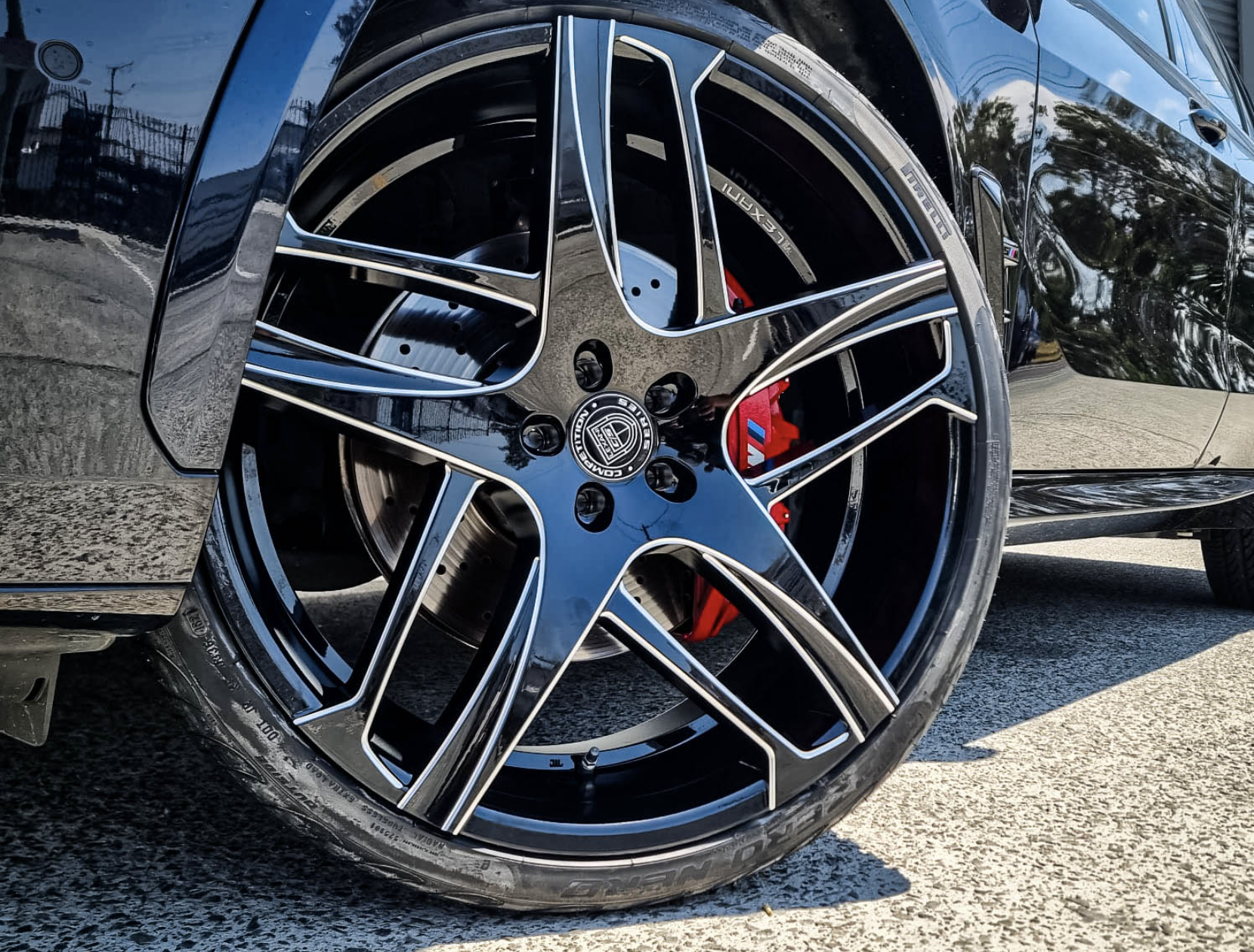Navigating the realm of tire shopping can be quite the journey, with a myriad of factors to ponder. Fear not, as this comprehensive guide is here to illuminate your path, offering invaluable insights into the tire purchasing process. From deciphering the signs indicating it’s time for new tires to delving into the intricate considerations involved, we’ve got you covered every step of the way.
1. Evaluating Your Current Tires
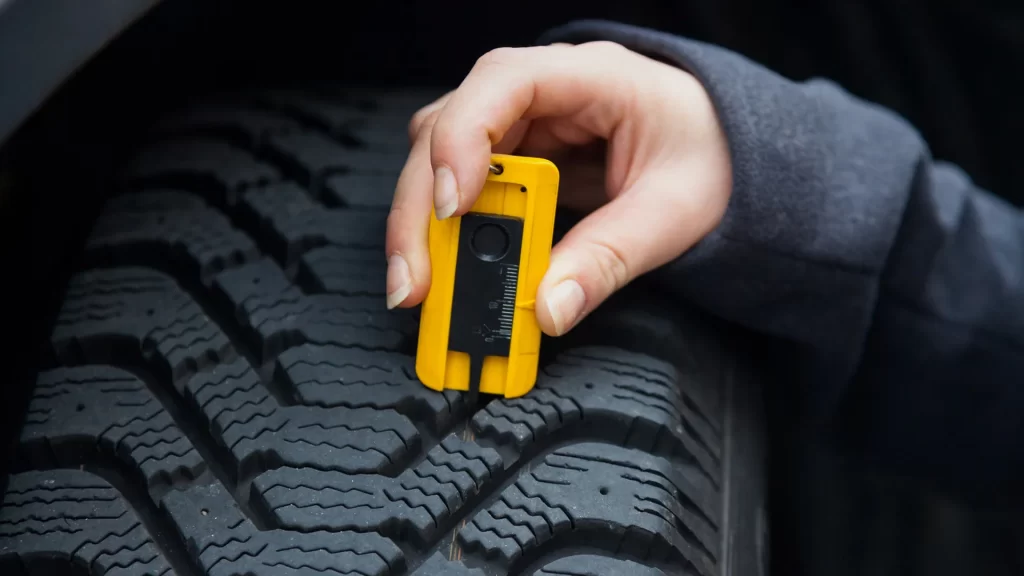
You can use the “Lincoln Test” by placing a penny upside down into the tread of your tires. If you can see the top of Abe’s head, it’s time to replace. If the tread falls somewhere on his forehead, plan to buy new tires in the next few months. Additionally, look for signs of uneven wear, flaking, cracks, bulges, or other damage, which may indicate the need for replacement. And, how is it possible to check the age of tires? To check tire age, look for the DOT (Department of Transportation) number on the side of the tire, followed by a four-digit number. This number indicates the week and year the tire was manufactured. For example, “DOT 1916” indicates the tire was produced in the 19th week of 2016. If your tire is six years old or older, it’s recommended to replace it regardless of their condition, according to vehicle manufacturers.
2. Detecting Your Tires Type
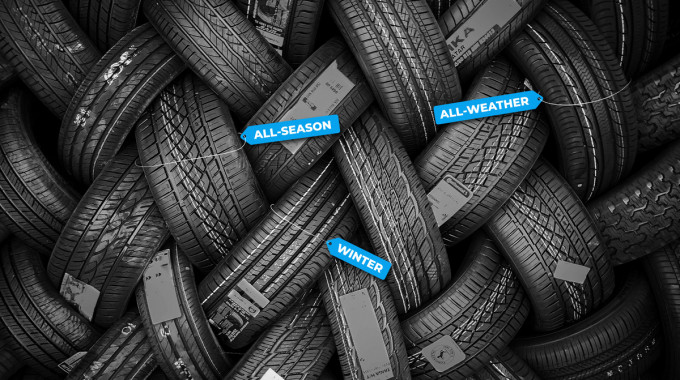
There are five main types: all-season tires, winter tires, summer tires, all-terrain tires, and high-performance tires. The type you choose depends on the weather conditions you typically drive in and how you use your vehicle.
- All-season tires: These are designed to perform reasonably well in most weather conditions, including mud, snow, and slush.
- Winter tires: Ideal for climates with frequent snow and ice, winter tires offer increased traction in deep snow.
- Summer tires: Best suited for warm weather climates, summer tires should not be used in temperatures below freezing.
- All-terrain tires: Mainly used for four-wheel drive vehicles, all-terrain tires are great for off-roading but not recommended for extended highway driving.
- High-performance tires: Designed for high-speed handling, these ones wear out faster than regular tires and are suitable for sports cars but not everyday use.
3. Exploring Tread Wear Warranties
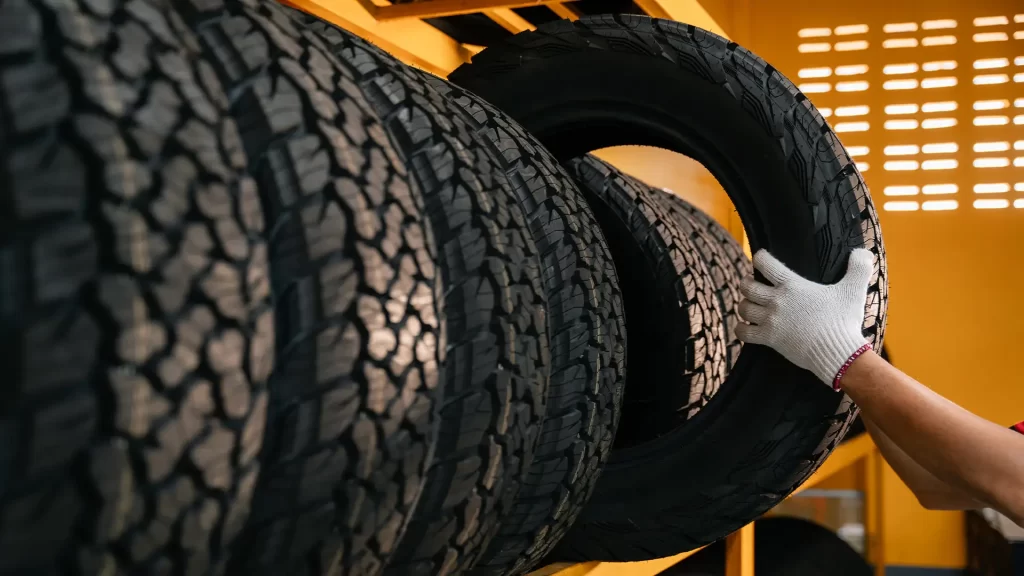
Determining the longevity of your tires can be done by checking the treadwear ratings on the tire’s sidewall. The Better Business Bureau (BBB) advises that the higher the treadwear rating, the longer the tire is expected to last. While most tires come with manufacturing quality and defect warranties, some also offer a tread life warranty. In many instances, if your tires wear out before reaching the specified mileage, you may be eligible for a credit towards a new set of the same ones. This ensures that you get the most out of your tire investment and provides added peace of mind regarding their durability and performance.
4. Explore Tire Buying Options
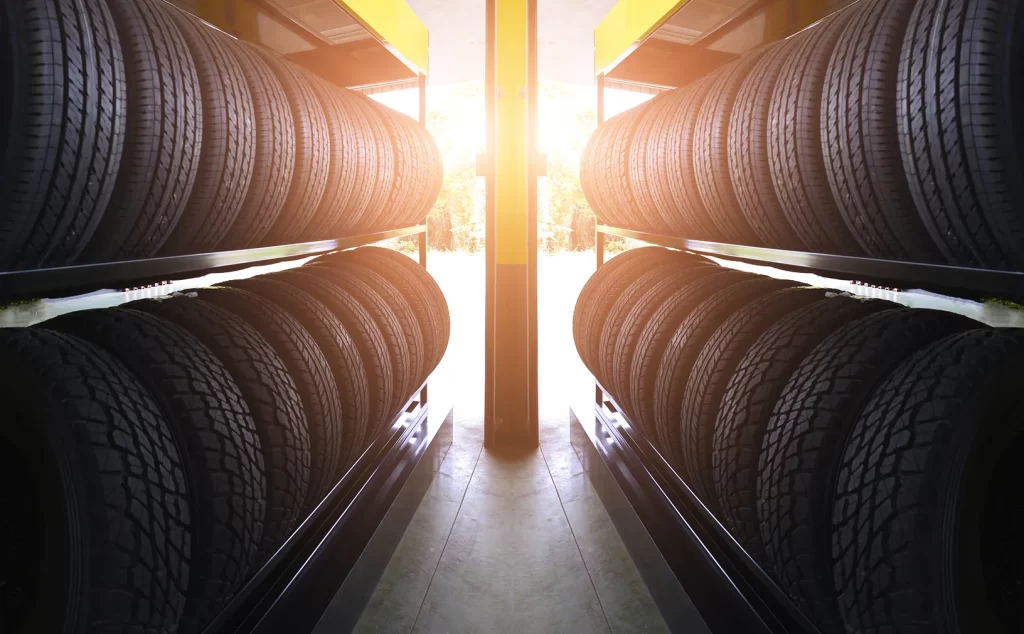
When it comes to purchasing tires, the options can seem overwhelming. Factors such as tire type, cost, and convenience all play a role in deciding where to make your purchase. Warehouse clubs and online retailers often offer competitive prices, but their selection may be limited. On the other hand, local tire shops provide specialized service and unique options, albeit at a higher cost. Car dealerships offer convenience but tend to have higher prices and limited choices, often selling only original equipment. Ultimately, the decision depends on your individual needs and priorities, so it’s essential to weigh the pros and cons of each option carefully before making a choice.
5. Only Purchase Tires From a Reputable Seller

When selecting a tire vendor, prioritize those with a solid reputation and positive customer feedback. Visiting BBB.org allows you to access business ratings and peruse customer reviews, offering valuable insights into a company’s trustworthiness and business practices. Conducting thorough research can safeguard you against potential pitfalls and ensure a smooth transaction. Engaging in direct communication, either over the phone or in person, enables you to inquire about tire options, installation procedures, and warranty coverage. This interaction not only aids in decision-making but also provides a glimpse into the level of customer service you can expect throughout the tire purchasing process and beyond.
6. Watch Out For Additional Charges
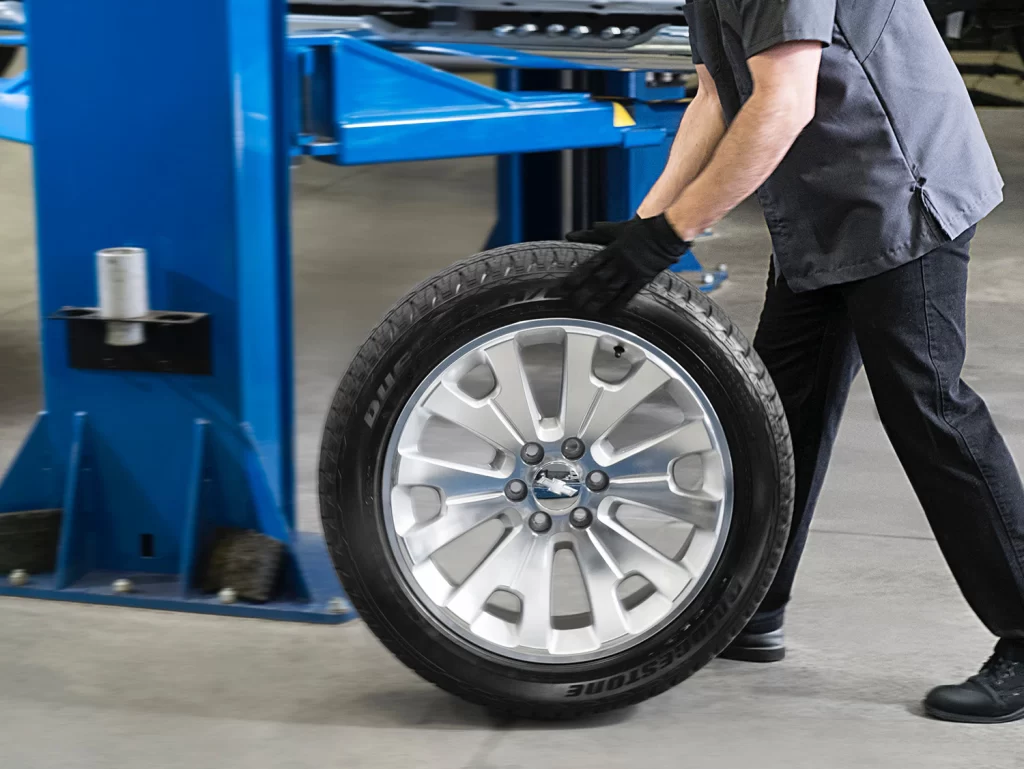
It’s common to encounter additional fees beyond the initial tire cost when purchasing new tires. According to the BBB, these extra charges can encompass installation fees, disposal fees for old ones, and applicable taxes. Some vendors might also require payment for new tire stems or resetting the Tire Pressure Monitoring System. Additionally, optional add-on services such as nitrogen tire filling and road hazard warranties may be presented. To avoid surprises, it’s crucial to thoroughly review and comprehend all charges, including tire prices, fees, and any optional services, before finalizing the purchase agreement. This ensures transparency and prevents misunderstandings down the road.
7. Examining New Tires Upon Installation

After the installation is complete, it’s crucial to inspect your new tires thoroughly before hitting the road. Take a moment to examine them for any signs of damage and ensure that the directional tread is facing the same way on all four. Once you’ve driven a few miles on the new ones, it’s advisable to check the tire pressure for each tire and verify that it aligns with the recommended values indicated in the car’s door jamb. According to the BBB, if the tire pressure deviates from the suggested range, it’s important to promptly return to the shop for a thorough inspection to address any potential issues. This proactive approach ensures optimal performance and safety for your vehicle.
8. Maximizing Tire Lifespan
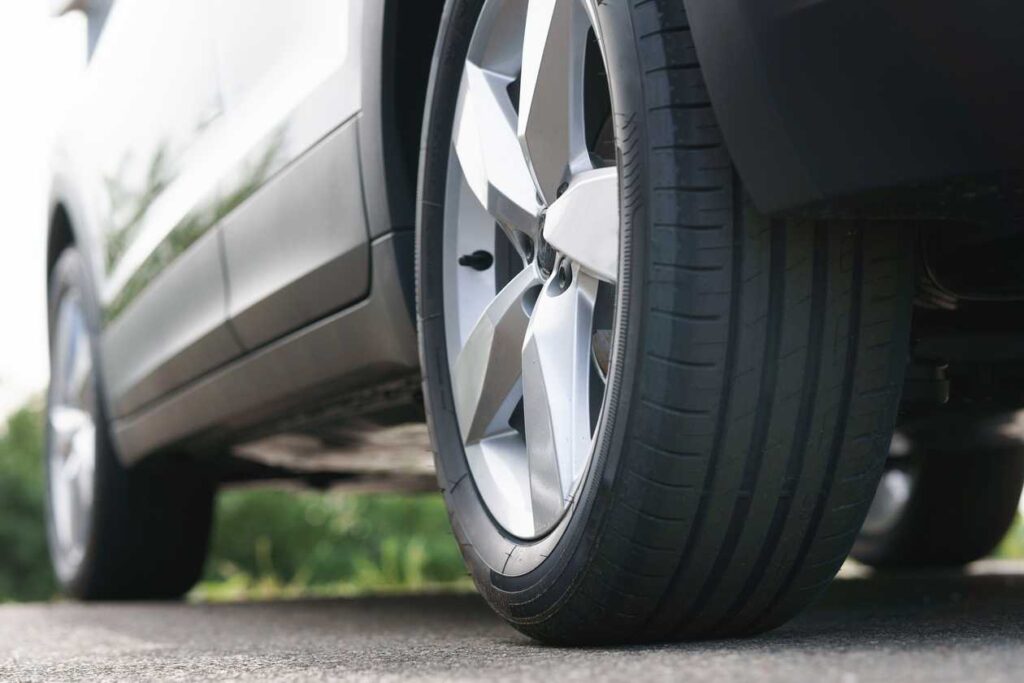
Regularly checking and maintaining your tires is crucial for ensuring their longevity and safety on the road. This essential upkeep routine involves several key steps to keep them in optimal condition. Firstly, it’s important to regularly check your tire pressure to ensure it aligns with the manufacturer’s recommended specifications. Proper inflation not only promotes better fuel efficiency but also enhances traction and handling, contributing to overall safety while driving. Additionally, inspecting your tires for signs of uneven wear and damage is imperative. Look out for abnormalities such as bulges, cracks, or cuts, which could indicate potential issues and compromise tire performance. Finally, incorporating regular tire rotations into your maintenance schedule is essential for promoting even tread wear and extending the lifespan of your tires. By rotating them at recommended intervals, you can ensure more balanced wear patterns and maximize their durability. Overall, prioritizing tire maintenance helps enhance safety, performance, and longevity, ultimately providing peace of mind on the road.
